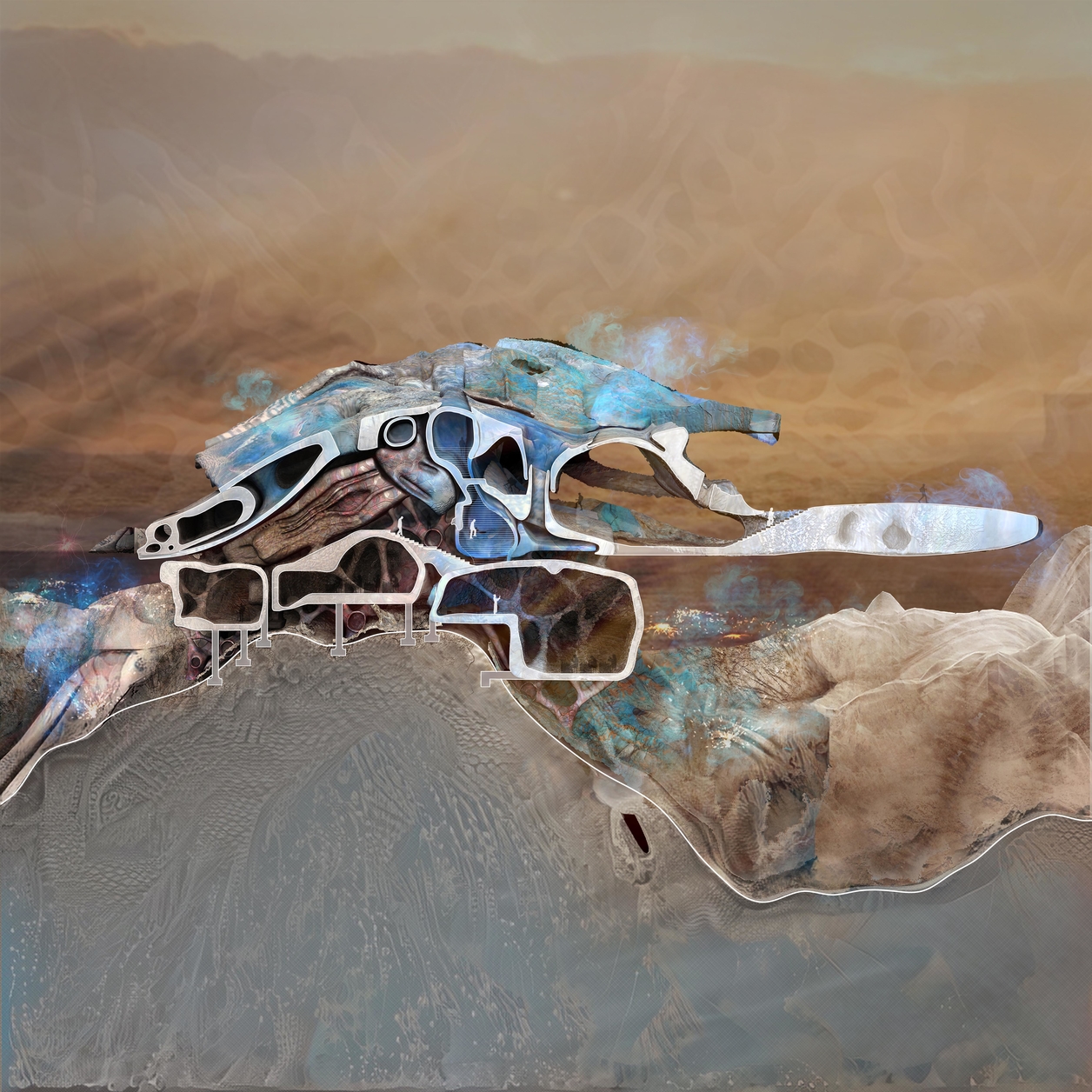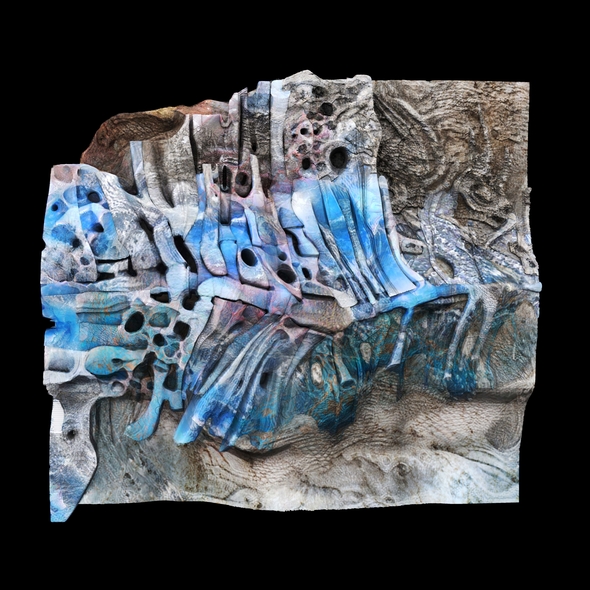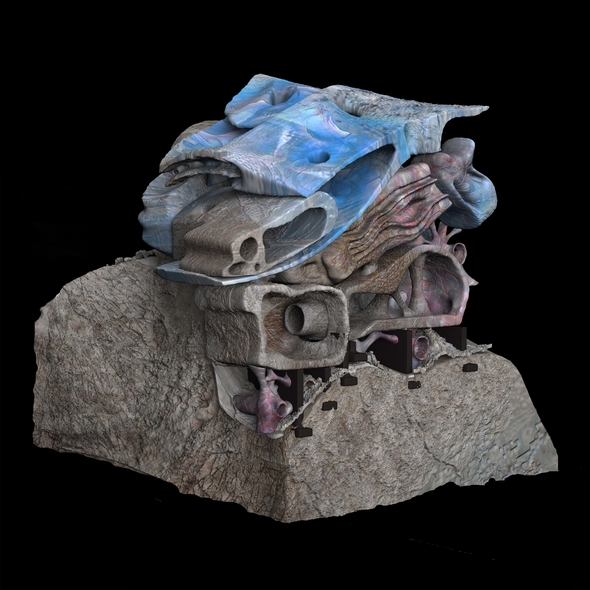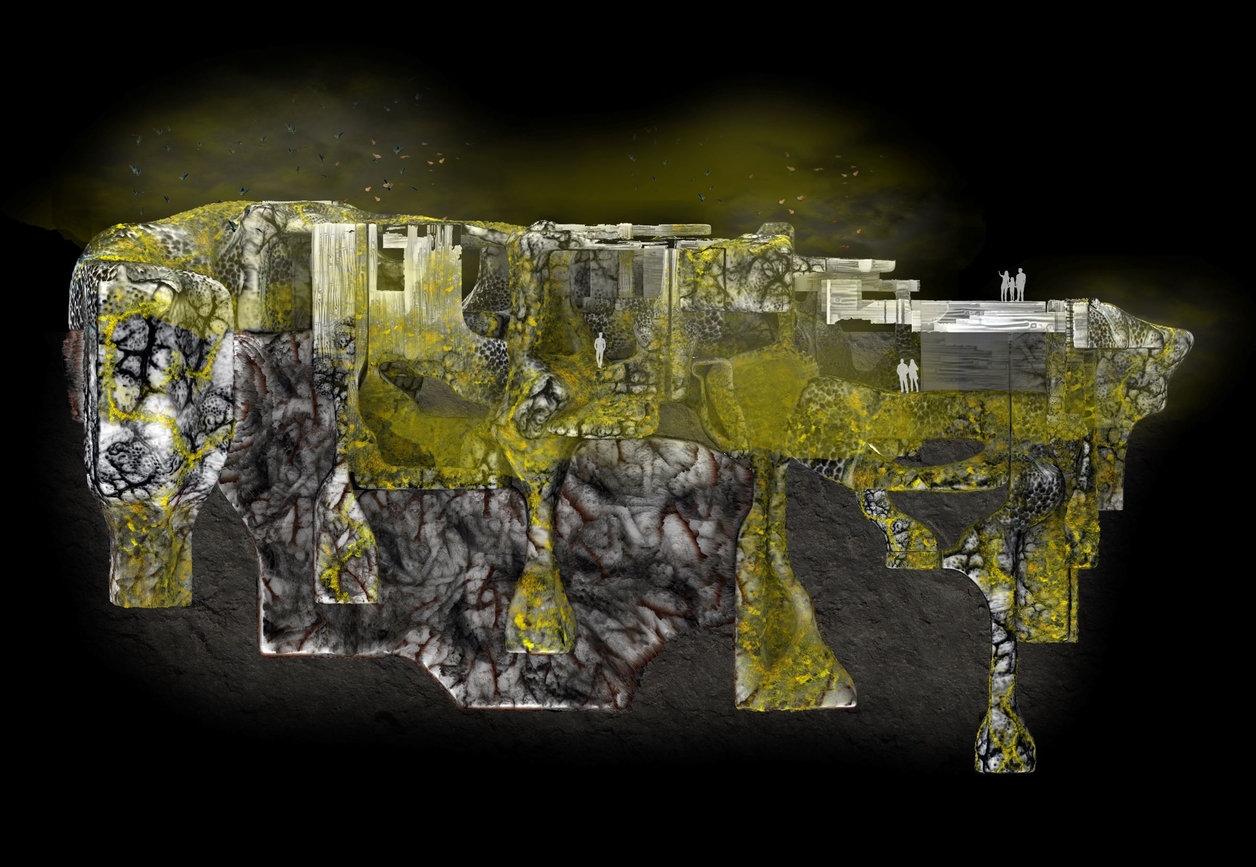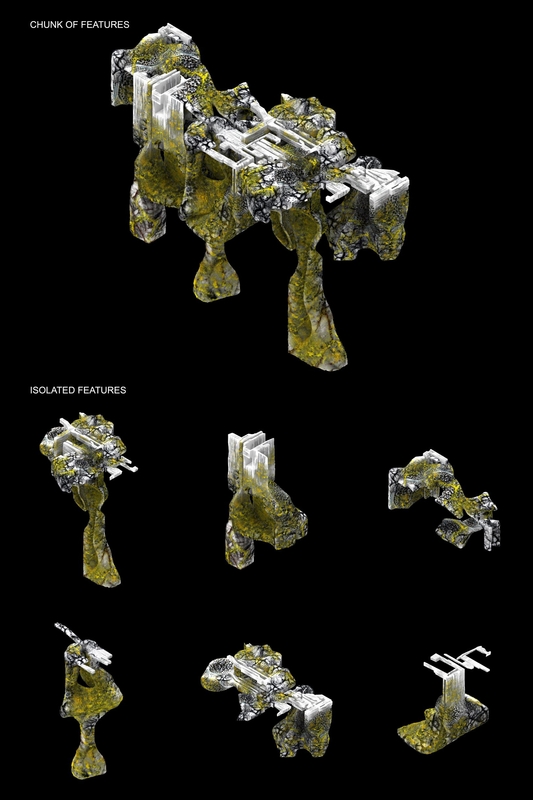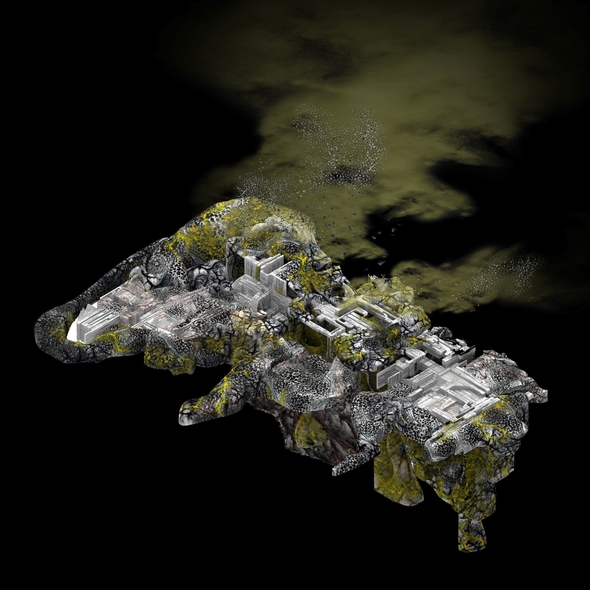Machine Myrmecomorphy
Though some are panicking that AI is eventually going to replace human judgement, the more likely scenario is that human judgement will simply be altered and modified by the presence of AI “partners.” Partners, perhaps, because the technology currently classified as AI does not comfortably fit our ideas of what a tool is. Because AI technologies seek to simulate our own capabilities, to say that AI is nothing but a tool would imply that we are also nothing but a tool. So, counter to this idea of AI being merely a new kind of tool would have to be the premise that AI is like us. Therefore, potential collaborators. This studio will be continuing an ongoing investigation into this potentiality.
Using one or more AI network types – style transfer neural networks, image to images translation neural networks, cycleGANs, etc., our studio will experiment with how these automated processes of “seeing” might begin to suggest both new architectural forms and expressions as well as new grounds upon which these new architectures would occupy. Because these AI networks must be trained with images in order to learn how to “see,” they can be introduced to architecture much in the same way that we study architecture, that is through images, drawings, photographs, etc. In other words, precedents. But, because machine vision appears to misalign or misinterpret precedents in an entirely novel way – one might say absurd, or uncanny – strange and exciting questions about the role of precedents on the production of new objects begin to emerge. “Late twentieth-century machines have made thoroughly ambiguous the difference between natural and artificial, mind and body, self-developing and externally designed, and many other distinctions that used to apply to organisms and machines. Our machines are disturbingly lively, and we ourselves frighteningly inert.”
With regard to this mechanized misinterpretation, this studio continues the ambition to consider and extend theories of artistic estrangement via these new technological regimes. The persistent interest in Viktor Shklovsky and Harold Bloom suggests the ongoing relevance of the premise that creative expression is the result of a process of defamiliarization . In Art as Technique, Viktor Shklovsky argues that great works of art do their work by defamiliarizing normal reality and slowing down habits of perception in the beholder. Similarly, but with regard to difficulty of authoring great works, Harold Bloom asserts in The Anxiety of Influence that masterpieces are nothing more than creative misinterpretations of previous masterpieces – or precedents. The new question, however, is how these theories of estrangement are to be understood when it is not the human author doing the reading or the writing, or the seeing or the imaging, but the machine? Or even more convoluted is the same question relative to a hybrid human-machine author.
Finally, observing that images produced with these neural networks not only builds entities with misappropriated and misaligned features, but that these newly featured forms have a peculiar relationship with their environment due to their mimetic qualities, recalls the essay, “Mimicry and Legendary Psychasthenia,” by Roger Caillois. Mimicry, Caillois suggests, is a form of sympathetic magic, which embodies the “overwhelming tendency to imitate, combined with a belief in the efficacy of this imitation.” The neural networks work with a plasticity that seamlessly reconstitutes features into entirely new forms – uncanny progenies. Images produced with these networks, like the insect mimicry Caillois references, is akin to “an incantation frozen at its culminating point and having caught the sorcerer in its own trap.” We will take advantage of the networks tendency to produce mimetic qualities to consider strange questions about features, entities and space – the entity’s “will to resemble” as the compliment to space’s “will to devour” what it contains.


